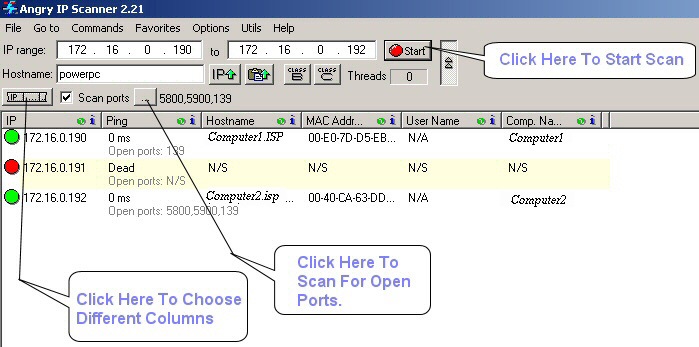 USP 800 can be defined as a guideline developed by the United States Pharmacopeia Convention. It is one of the General Chapters in which the USP sets high-end standards for dietary supplements, medicines, and various food ingredients. It provides guidelines for managing dangerous drugs in the healthcare industry.
USP 800 can be defined as a guideline developed by the United States Pharmacopeia Convention. It is one of the General Chapters in which the USP sets high-end standards for dietary supplements, medicines, and various food ingredients. It provides guidelines for managing dangerous drugs in the healthcare industry.
According to November 2023 updates, the USP intends to set up a standardized approach for securely managing fatal drugs. The entire update comprises multiple aspects, such as facility protocols, personnel responsibilities, decontamination and deactivation processes, documentation, and spill control.
The NIOSH (National Institute for Occupational Safety and Health) states that fatal drugs showcase characteristics that are risky for animals and humans. The risk aspects include teratogenicity, carcinogenicity, reproductive toxicity, developmental toxicity, genotoxicity, and organ toxicity at reduced doses.
The USP has been developed by the USP Compounding Expert Committee with assistance from the CDC (Centers for Disease Control and Prevention), NIOSH, and FDA (Food and Drug Administration). Hence, it has ample significance for those who are in contact with harmful drugs. It consists of healthcare personnel who prepare, receive, administer, manage, and transport risky drugs.
The principal motivation for USP is to secure healthcare workers and patients by developing a standard framework for the correct management of fatal drugs in the healthcare domain. Let’s have a close look at the recent updates in this article.
USP 800 Regulations: The Crucial Updates
To make sure that there is secure management of HDs (hazardous drugs) in healthcare units, many requirements were implemented. Some of the crucial changes and updates include:
- Keep a list of every HD used: People should have an updated list of the hazardous drugs they have used in their healthcare facilities.
- Recognize new HDs: Today, with new drugs making their way to the medicine market, one must identify the same.
- An annual review of the HD list: It is necessary to review the HD list annually to ensure its relevance and accuracy.
- Risk assessment: It is essential to conduct a risk assessment based on factors like dosage form, HD type, packaging, exposure risk, and manipulation.
- Recognize types of exposure: It is essential to recognize exposure types, comprising dispensing, receipt, compounding, manipulation, spills, patient care activities, and waste handling.
- Personnel training and responsibilities: It is necessary to designate the people involved with training to administer compliance, develop procedures, and train personnel managing HDs. Every employee should get job-specific training.
- Personal Protective Equipment (PPE): The principal standard for wearing a PPE, while managing HDs, is essential. It consists of a gown, gloves, shoes, face and eye protection, respiratory protection, and sleeve covers.
- Engineering and facilities control: It is necessary to manage HDs in allocated areas, comprising compounding areas and storage facilities, by complying with certain guidelines.
- Managing HDs that affect cleanrooms: American Cleanroom Systems states a few procedures are necessary to get this done. It includes having negative pressure rooms, monitoring signs that signal a hazard, managing storage, and labeling requirements.
- Receiving the HDs: It is essential to establish standard operative procedures for receiving HDs, which further emphasizes using PPE and correct handling.
- Administering HDs: The healthcare personnel should administer HDs securely, making use of compliant medical techniques and devices, when they are wearing the correct PPE.
- Cleanliness protocols: They comprise the procedures of deactivating, cleaning, decontaminating, and disinfecting the units. It is necessary to establish written procedures for all these mentioned activities, with certain PPE needs, and suggested cleaning steps.
- Medical surveillance: To reduce health risks in medical personnel who are exposed to HDs, excellent surveillance is a must. It is crucial to maintain medical records according to OSHA regulations.
- Spill control: Expert personnel with appropriate PPE should instantly contain and clean up HD spills. Hence, it is necessary to make the spill kits readily available in every area where the HDs are managed.
All these key changes aim at providing secure management of HDs and securing the well-being and health of the patients and healthcare personnel.
Implications for Medical Professionals
It is necessary to adhere to USP 800 updates to ensure the safety of patients, employees, and the environment at large. However, it presents a few challenges and considerations. Today, there’s ample data and training details, which are essential to complying with regulations.
Healthcare professionals must develop SOPs (standard operating procedures) that are based on USP guidelines. Integrating all these current policies and processes so that not every piece of data appears to be completely new for employees. A few crucial regulations might already be included in your company to ensure that there isn’t any overlapping to avert confusion with brand-new rules.
The medical professionals can adhere to USP 800 updates by complying with the SOP provided by their organization. They can also review new visions made for each chapter and stay updated with the new training processes.
It is also necessary to ensure that every hazardous drug competency and training is updated with documentation to avert conflicts with any inspector. The facilities need to recognize fatal drugs they manage, acquire secure data sheets, and keep the HDs and non-HDs separate to avert all kinds of contamination with any non-HD medicine.
If any new HD or dosage forms have been introduced, they should be assessed based on the NIOSH criteria list.
To sum up, the USP 800 guidelines are essential to working with HDs for employees, patients, and the safety of the environment. All these guidelines and updates shared in this article showcase every aspect, from receiving to the removal of dangerous drugs. It also ensures that anyone managing and manipulating them is safe.
Over the years, the USP 800 has undergone noticeable changes and updates. Therefore, healthcare professionals must stay updated with it for a streamlined operation.









